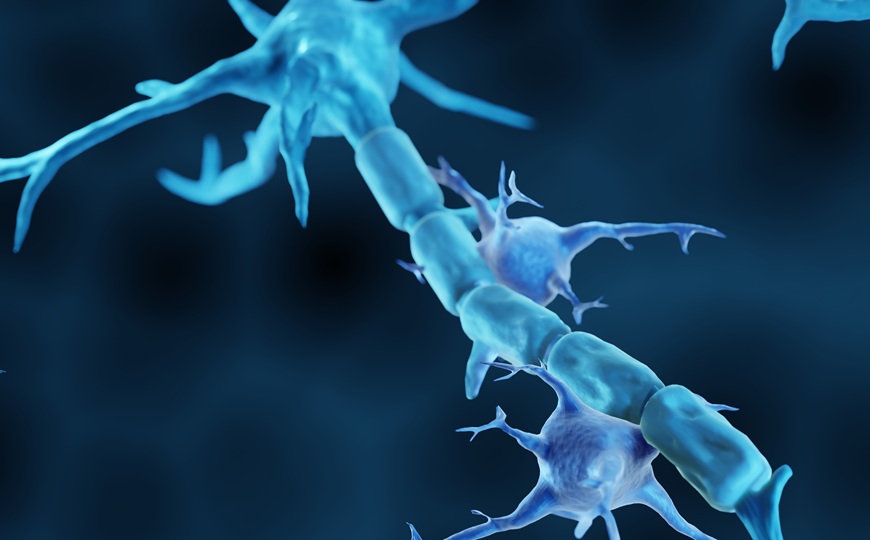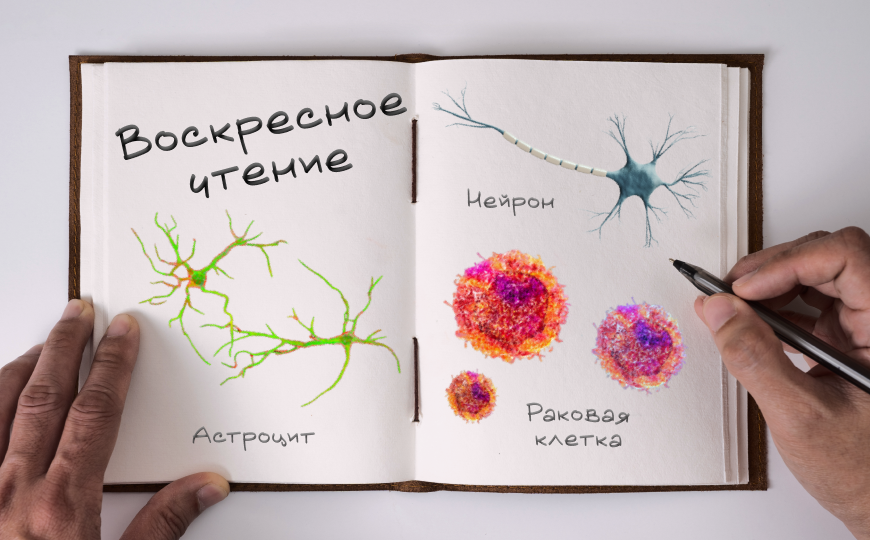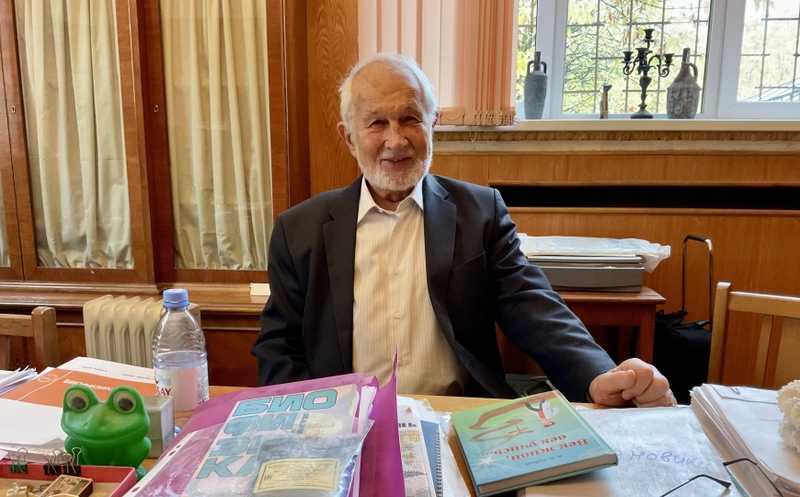The Spatial Landscape of Gene Expression and Genome Integrity in Benign and Malignant Tissue
 Онлайн
Онлайн
GenomeWebinars
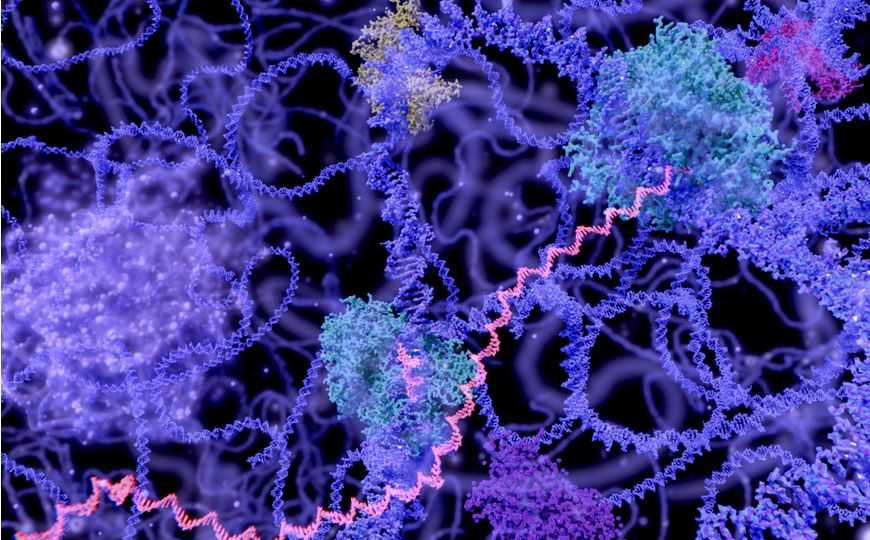
The tumor ecosystem forms an intricate network of cell-cell interactions. Spatially resolved transcriptomics carries great potential to unravel signaling pathways, which can be screened for new therapeutic targets and provide a fundamental understanding of tumor biology. An example of the use of spatial transcriptomics methodology in prostate cancer was pioneering work by Berglund et al. The authors used a computational deconvolution approach to define and characterize tumor-specific expression profiles of multifocal prostate cancer sites together with stromal and immune compartments. This unbiased analysis of the tumor revealed that cancer-associated expression patterns appeared in regions where histological evidence was missing, highlighting the potential of unbiased gene expression approaches to capture signals that are otherwise missed by conventional histopathology.
Defining the transition from benign to malignant tissue by molecular strategies will be fundamental for improving early diagnosis of cancer. In this webinar, Alastair Lamb and Joakim Lundeberg will describe a novel, unsupervised approach to study spatial genome integrity in situ to gain molecular insight into clonal relationships with a focus on prostate cancer. They demonstrate that genome-wide copy number variation reveals distinct clonal patterns within tumors and in nearby benign tissue. Results suggest a model for how genomic instability arises in histologically benign tissue that may represent early events in cancer evolution. The speakers will highlight the power of an unsupervised approach to capture the molecular and spatial continuums in a tissue context and challenge the rationale for treatment paradigms.
Sponsored by 10x Genomics
https://event.on24.com/eventRegistration/EventLobbyServlet?target=reg20.jsp&partnerref=gwsit...


 Меню
Меню





 Все темы
Все темы


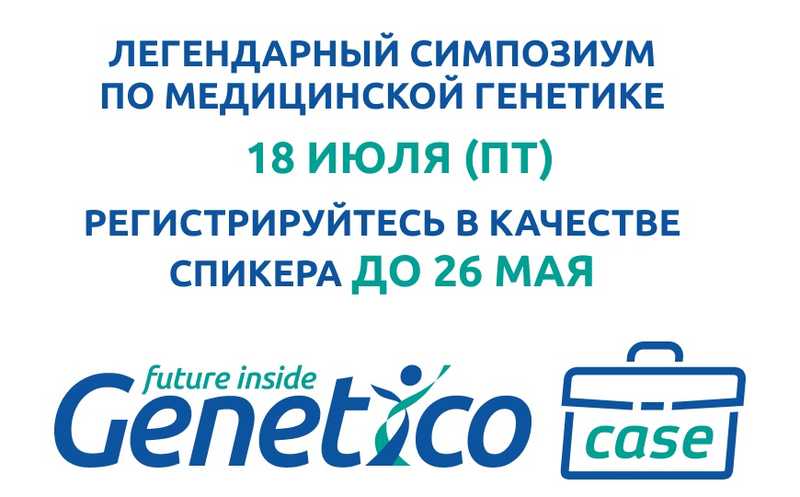

 0
0
